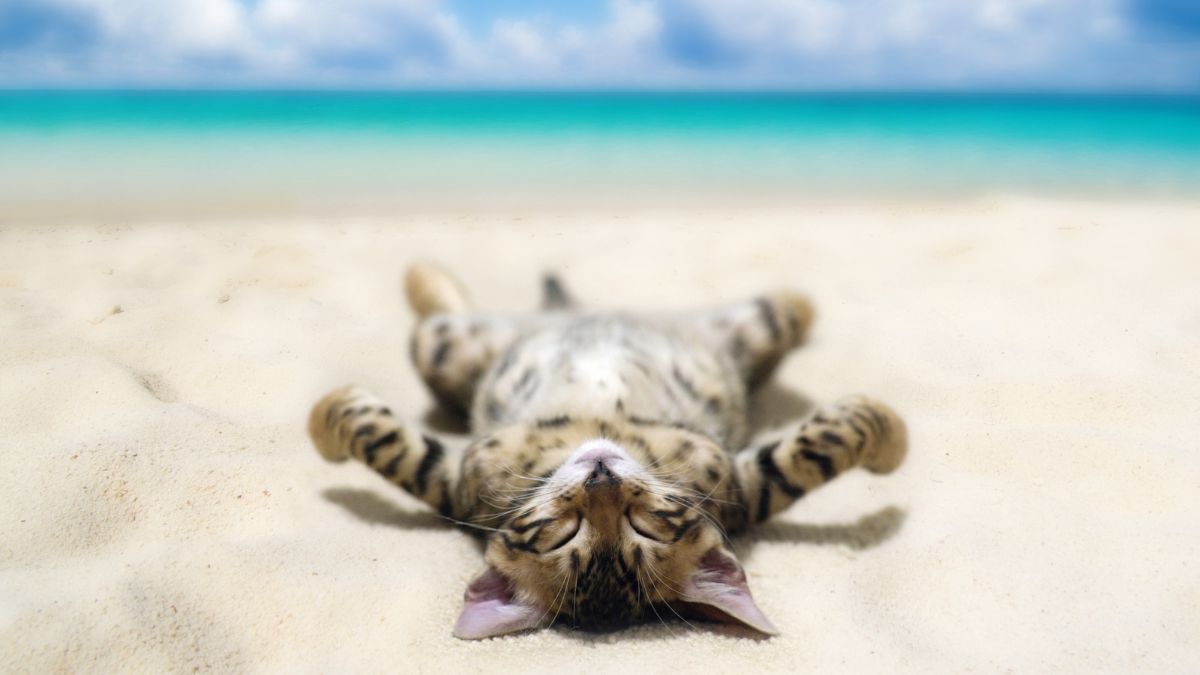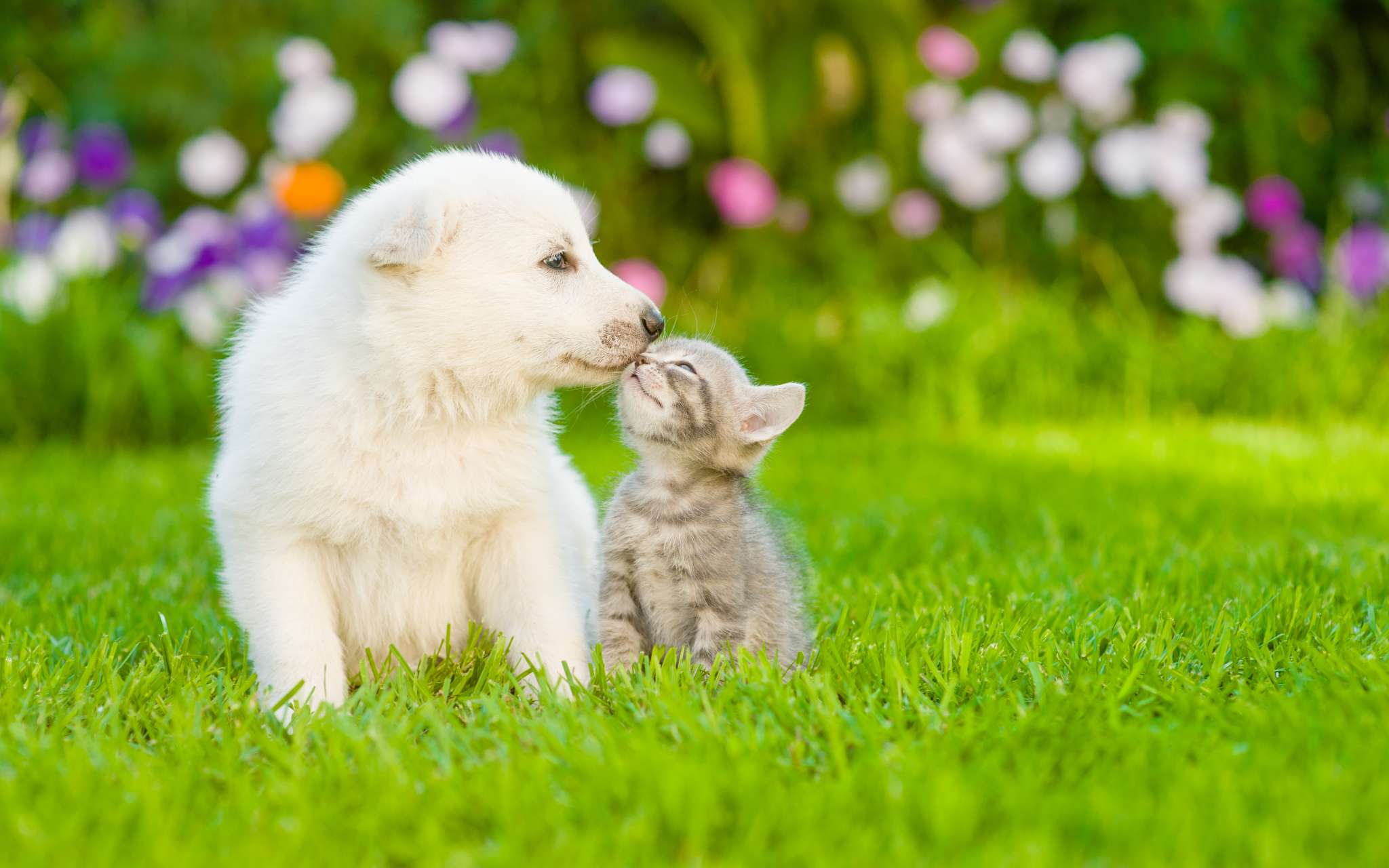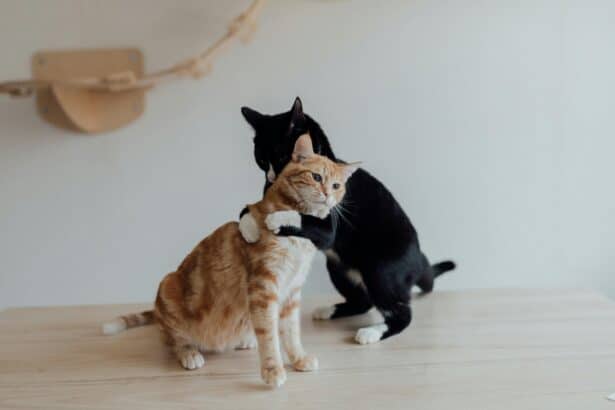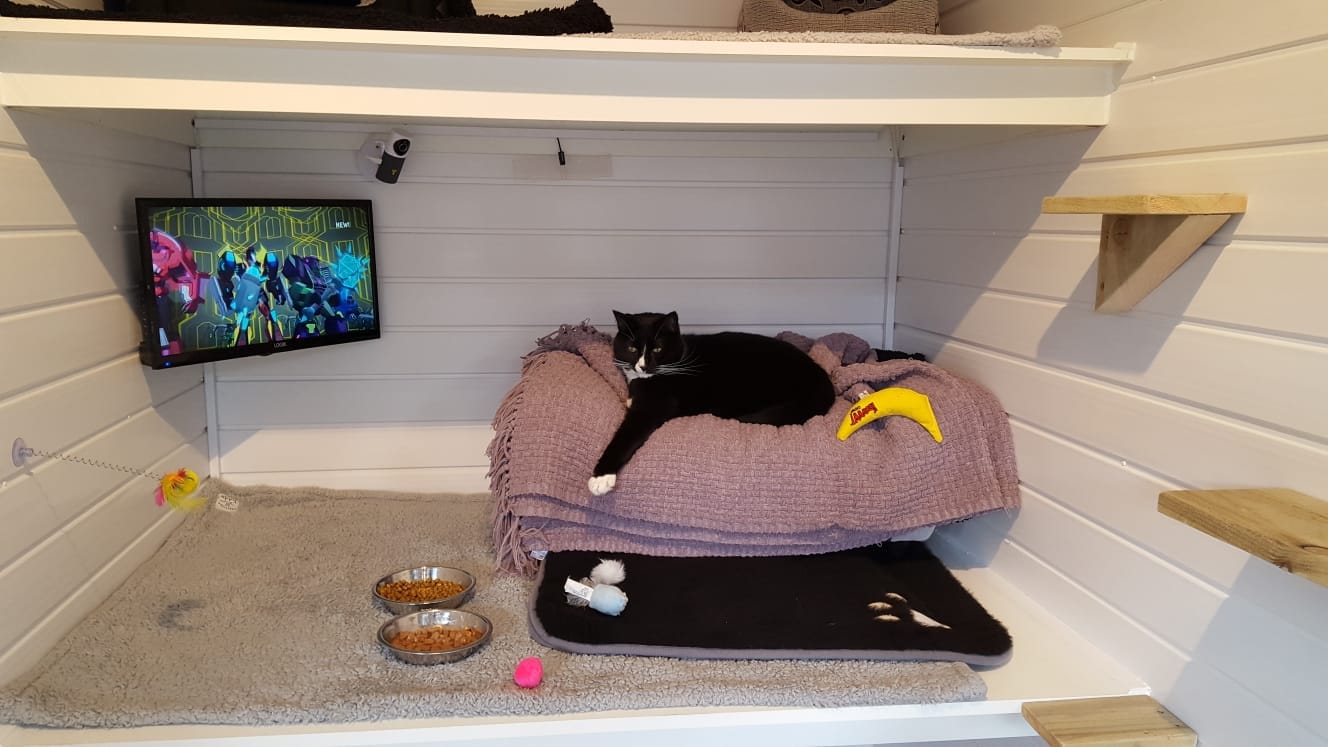Craving something a little out of the ordinary? Rare and exotic cat breeds turn heads just as easily as they steal hearts. If you’re a curious cat lover, curl up with a tea: let’s meet these striking beauties—and see how to help them thrive at home.
Before adopting a rare cat
- Practical tip: set up a rotating “exploration circuit” at home—foldable tunnels, boxes, wall shelves. Re‑arrange it weekly to keep sharp minds and agile bodies busy.
- Common mistake: choosing a hybrid (Savannah, Chausie, Caracat) just for the wild look. Their activity needs, space, and local regulations can be demanding. Skim a pedigree‑cat choosing guide before falling in love.
- Fun fact: Peterbald kittens can be born with five coat textures—from completely nude to a “brushed velvet” feel. Same cat, different wardrobe!
Still torn between several personalities? Browse all cat breeds to narrow down your favorite.
The Savannah
Born from a cross between a domestic cat and the African serval, the Savannah is tall, long‑legged and big‑eared. Athletic, inquisitive and very people‑oriented, it’s a tireless companion with a huge zest for life.
- Good to know: vertical spaces, chase games and safe outdoor time on a harness work wonders.
- Best for: active people who can commit to daily training and play.
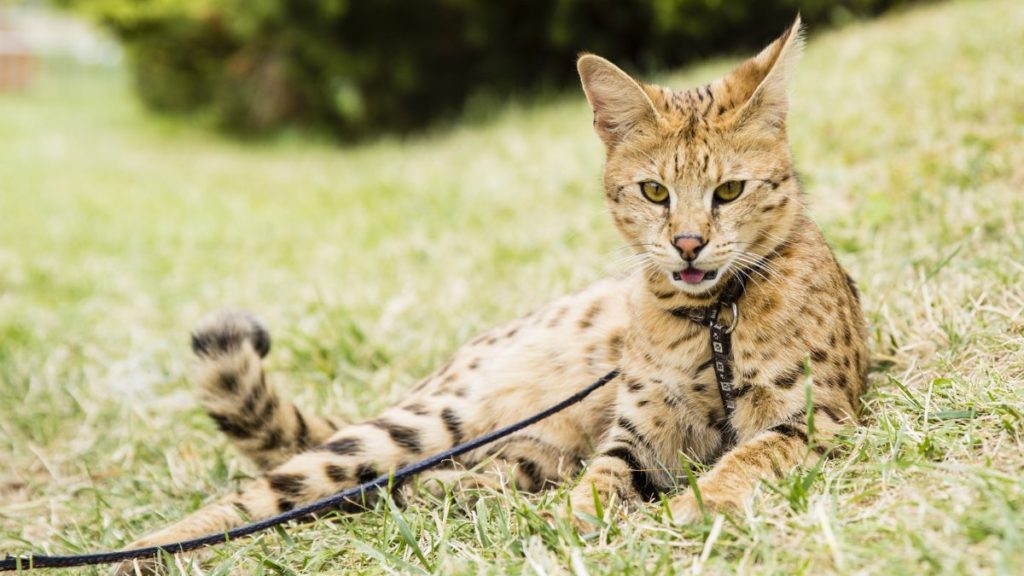
Want a deeper dive before adopting? Here’s a complete Savannah guide to measure its energy and needs, and consider a comfy, safe setup with a proper cat harness for adventure time.
The Toyger
Toygers look like mini tigers—without the wild genes. Selected from domestic cats, including the Bengal, they flaunt bold stripes and an easygoing temperament. Social, playful, cuddly: a true family cat.
- Why we love it: spectacular coat, sweet nature.
- Ideal routine: short, frequent play sessions, clicker training and enrichment mats.

Curious about its spotted “cousins”? Explore the Bengal guide, a selection that helped inspire the Toyger’s striking look.
The Peterbald
From Russia with love, the Peterbald is elegant with large ears and delicate skin. Affectionate and smart, it loves to “chat” and be part of everything you do.
- Care: gentle skin cleansing, proper hydration and a cozy warm bed.
- Nice extra: try lightweight sweaters only if your cat truly tolerates them.
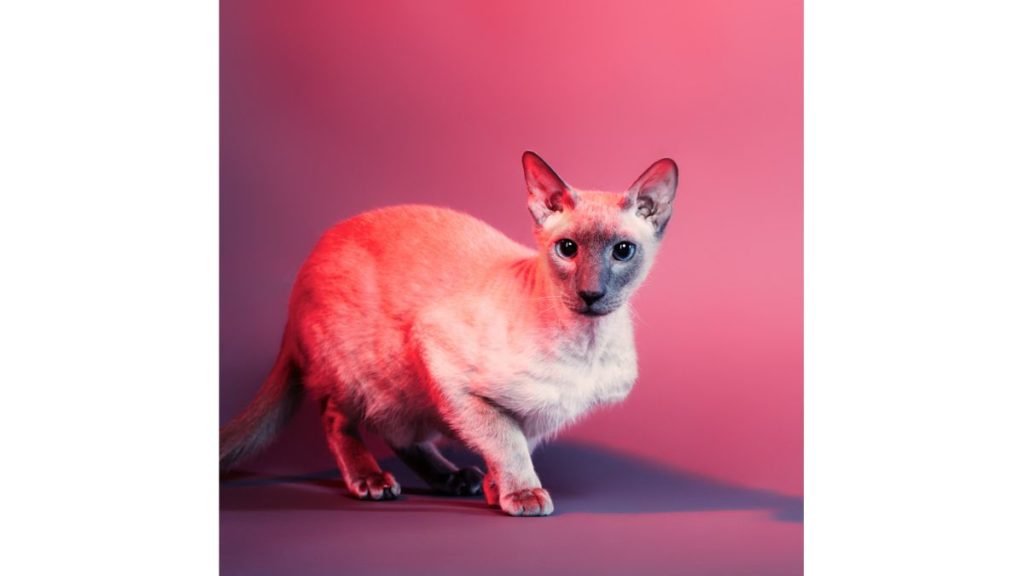
Naked coats need special attention: compare routines in the Sphynx guide, and if you’re intrigued, see our broader advice in the hairless‑cat care guide.
The Serengeti
Serengetis evoke the African serval—without any wild genetics. Blending Oriental Shorthair grace with Bengal‑like spots, they’re sleek, athletic and oh‑so elegant.
- Temperament: lively, curious, sociable. Loves to climb, observe and “comment.”
- Home setup: tall cat trees and window perches for prime bird TV.
Need help choosing the perfect tower? Peek at the best cat trees to build a vertical playground.
The Kurilian Bobtail
Muscular and sturdy, the Kurilian Bobtail hails from the Kuril Islands. Its short, pom‑pom tail is pure charm. Balanced and often friendly with kids and other pets, it adapts well to family life.
- Strength: hardy, steady temperament.
- Favorite games: feather‑wand hunts, DIY obstacle courses.
Welcoming a new feline to your crew? These tips for introducing a new cat smoothly can make the first meetings calmer for everyone.
The Chausie
This hybrid of Felis chaus (jungle cat) and domestic cat is all athletic elegance. A big player with strong family bonds—and a keen sense of territory.
- Needs: activity, consistent routines and, if possible, harnessed outdoor time.
- Avoid: underestimating space and mental‑stimulation requirements.
Still comparing options? Browse the broader cat breeds guide and note your must‑have criteria.
The Caracat
Born from a Caracal and an Abyssinian, the Caracat is unforgettable: proud lines, tufted ears, mesmerizing gaze. Its wild heritage means careful consideration.
- Heads‑up: check local laws and the breed’s specific needs before any step.
- Essentials: secure environment, daily activities and a transparent, responsible breeder.
Not sure where to start? Learn how to choose a good cattery and what guarantees to ask for.
The Ocicat
Ocicats bring ocelot vibes—with zero wild genes. Spotted, muscular and very social, they adore joining household life and shadowing your every step.
- Strong point: affectionate, playful and well‑balanced.
- Ideal home: active families up for daily interaction and games.
Final word
Rare and exotic cat breeds make us dream—and rightly so. Their secret to thriving with you? Solid prep, a rich environment and realistic expectations.
Want a handy recap to refine your choice? Stroll through our best cat breeds guide and shortlist the ones that fit your rhythm.

FAQ – Rare and exotic cat breeds
Which rare cat breed is easiest to keep in an apartment?
Often the Ocicat or the Toyger—if you provide daily play and lookout spots. A good cat tree and regular activity sessions are non‑negotiable.
Are hybrid breeds (Savannah, Chausie, Caracat) suitable for first‑time owners?
Not always. Their energy, space needs and local regulations require experience and solid planning before adoption. When in doubt, read a pedigree‑cat choosing guide.
Do hairless cats require a lot of grooming?
Yes, differently: gentle skin care, warmth management and regular check‑ups. Compare routines in our cat grooming guide before deciding.
How do I choose between several breeds I love?
List your priorities (activity, sociability, upkeep), chat with breeders, then compare with an adoption checklist to confirm the best match.


